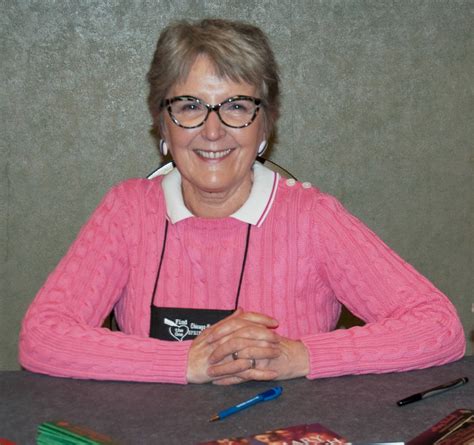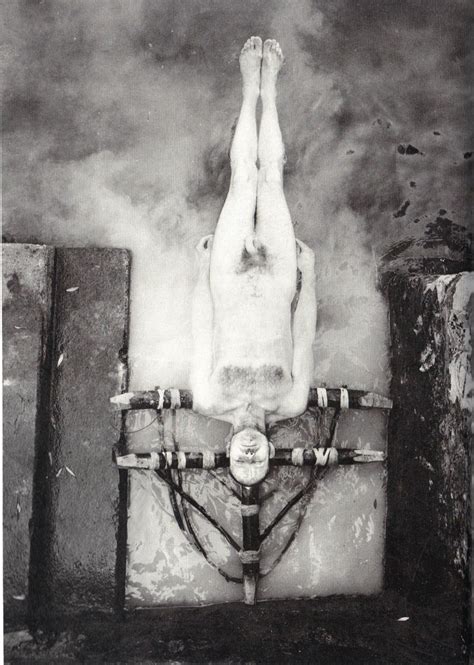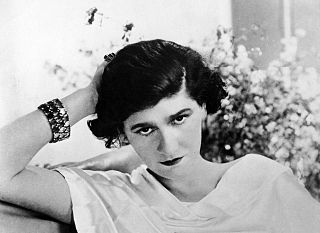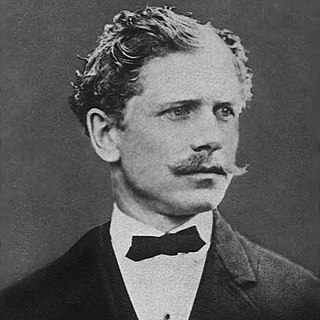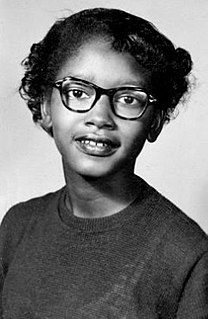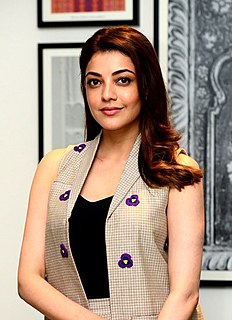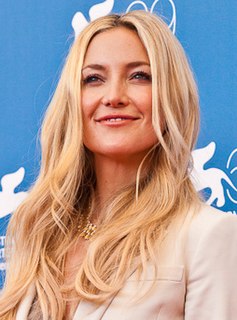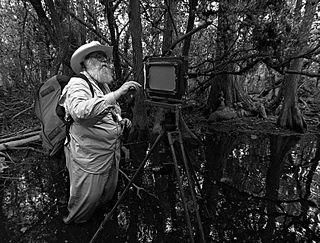A Quote by Stephen King
The color white is the absence of memory.
Quote Topics
Related Quotes
Perfect love is to feeling what perfect white is to color. Many think that white is the absence of color. It is not. It is the inclusion of all color. White is every other color that exists, combined. So, too, is love not the absence of an emotion (hatred, anger, lust, jealousy, covetousness), but the summation of all feeling. It is the sum total. The aggregate amount. The everything.
Black is the absence of all color. White is the presence of all colors. I suppose life must be one or the other. On the whole, though, I think I would prefer color to its absence. But then black does add depth and texture to color. Perhaps certain shades of gray are necessary to a complete palette. Even unrelieved black. Ah, a deep philosophical question. Is black necessary to life, even a happy life? Could we ever be happy if we did not at least occasionally experience misery?
Nowadays, people shoot digitally and it's all in color, but you press a button and it all goes to black and white. But it's not lit for black and white. So, it's a tricky thing. If you're going do black and white, you better remember to separate things with light, because color ain't gonna be there.
Everything does come from nature. That's where you get new ideas. Just draw the landscape. I felt doing it with a bit of burnt wood was also good because I was drawing burnt wood with a piece of wood. I wanted to do black and white. After using color, I thought black and white would be good. You can have color in black and white. There is color in them, actually.
To solve the new century's mounting social and environmental problems, people of color activist and white activists need to be able to join forces. But all too often, the unconscious racism of white activists stands in the way of any effective, worthwhile collaboration. The Challenging White Supremacy Workshop is the most powerful tool that I have seen for removing the barriers to true partnerships between people of color and white folks. If the CWS trainings were mandatory for all white activists, the progressive movement in the United States would be unstoppable.
When I came to Delhi first and said, "This is not India. And then I was taken to Varanasi and there I loved, loved the culture. It was a beautiful journey. The way the people dressed - even the poorest people, and the fabrics! With vegetable dyes, and I was fascinated by the color. But in the end I loved the men - all in white - so many shades of white. And I said, "What am I going to do? A color collection or a white collection?" I finally did a neutral white collection.


